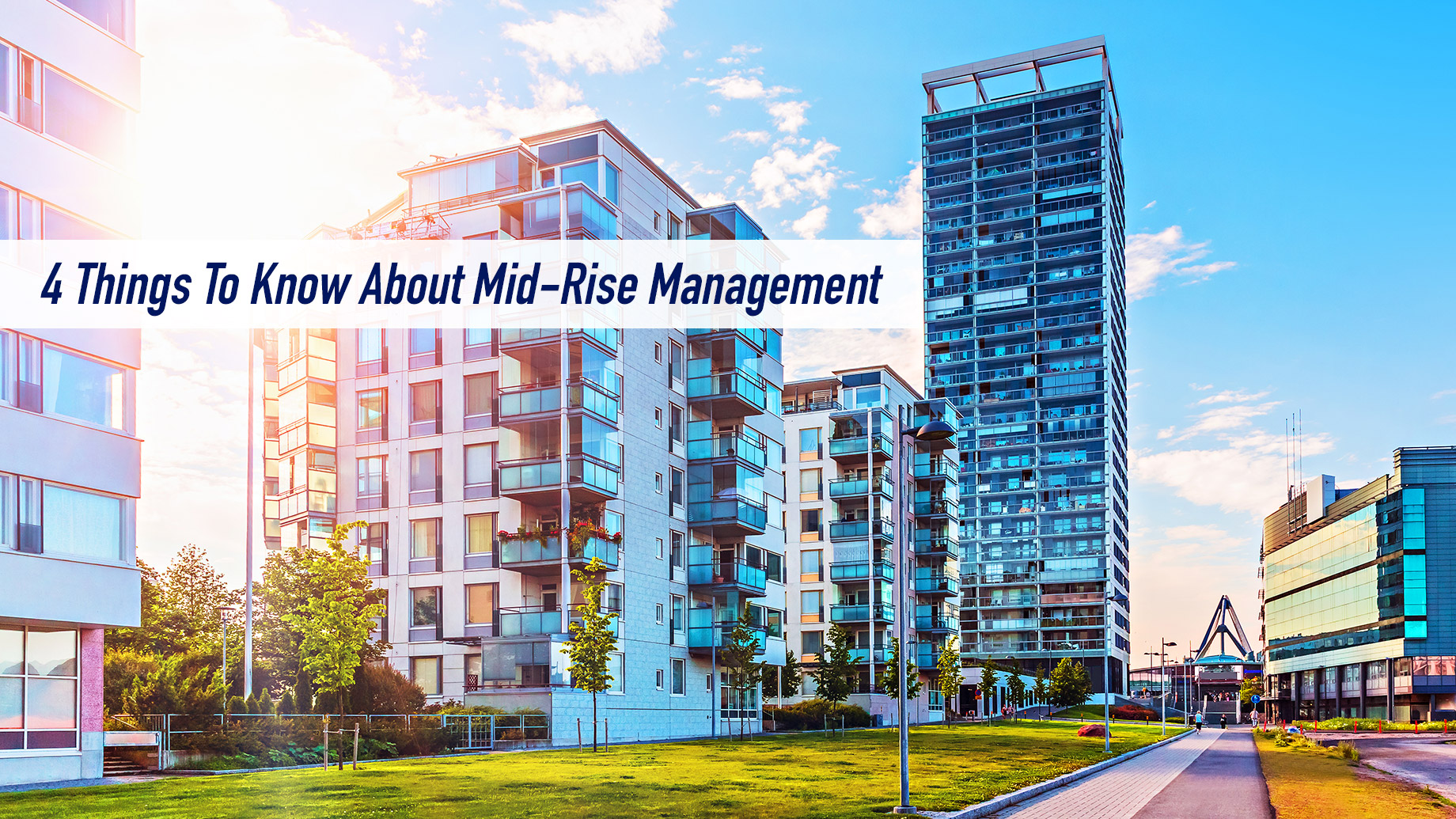
If you’re checking out different housing options, chances are you’ve come across the terms ‘high-rise,’ ‘mid-rise,’ ‘low-rise,’ and garden-style apartments. Perhaps you’ve read it from the internet, or a friend casually mentioned it.
The craze about these apartments is well-justified, especially in cities where life and urban meet. The demand for being close to the heart of the city—the lights, the establishments, the amenities, and basically the accessibility to what the city truly offers, is what makes these apartment types a go-to option to most people.
By definition, these apartments are categorically different in terms of how many floors there are, hence the word ‘rise’. Typically, a low-rise apartment has less than five floors, 12 floors or less if it’s mid-rise, and anything that goes above 13 floors is considered a high-rise. Among the three types of apartments, the mid-rise option is the most coveted.
If you’re planning to move to the city and are checking out your apartment options, here are four things to know about mid-rise management:
1. Property Management Services
When it comes to condominiums, apartments, or any estate communities, maintaining and managing takes a toll on homeowners. From the perspective of a community owner, integrating the management process across all units is not an easy feat. That’s why for years, homeowners have used property management services (PMS) to aid them in managing their property.
What this does to you as a client, is that you’ll be assured that all amenities and services related to your building—regardless of what type it is—will always be checked. In properties not covered by PMS, a sewer leakage usually takes days to weeks to get fixed.
These situations are a major pain in the back, and having them fixed is the number one priority. With PMS such as Trestle CM, fixing problems like these will be a walk in the park, coupled with added services like property management and maintenance.
2. No Overcrowded Elevators
Given the limited number of floors of mid-rise buildings, tenants will be limited as well. This means fewer people occupying the building, therefore lowering chances of long queues by the elevator.
A lot of people don’t think about this little detail and downplay it until they experience it firsthand. Having to wait in the elevator is really stressful, coupled with the chances of unwanted small-talk from co-tenants.
Even if the elevator gets crowded, or if you simply don’t feel like using it, you can always take the stairs without having to exhaust yourself like you just joined the Olympics. Walking is healthier, and according to the Center for Disease Controls and Prevention or CDC, taking the stairs burns five times more calories than taking the elevator.
That said, high-rise buildings have flights upon flights of stairs, and depending on what floor you are on, taking them would require inhuman strength and stamina.
3. Less Tenants, More Peace
Who doesn’t want some peace and quiet? Homes are the pinnacle of comfort and embodiment of privacy. The same could be said for people regardless if they’re introverted or extroverted; nothing will ever beat the comfort provided by a good home. And if you’re moving places, you’d want your new home to have the same (or better) level of comfort as your previous one.
The likelihood of living in a quiet area increases the smaller the number of occupants there is. Fortunately, since mid-rise buildings house a smaller number of tenants than high-rise ones, you can expect more peace and quiet. This is not to say that high-rise buildings are the most chaotic and low-rise ones as the least chaotic; it still depends on the tenants, of course.
Depending on what type of person you are as well as those you’ll be living with, having a quiet living space may be more important than anything else. This is especially true if you’re living with elderlies or if you’re in a work-from-home setup.
4. Amenities
In most cases (and relatively newer complexes), midrise buildings offer better amenities than low-rise ones, without falling short of what high-rise buildings offer. This means, that what low-rise complexes lack in terms of amenities, mid-rise buildings make up for by becoming close to what high-rise buildings have.
Moreover, some newer mid-rise buildings nowadays have indoor pools, balconies, and patios to provide comfort and luxury to its tenants. If you’re living somewhere in the upper floors of the building, these amenities easily become a major comfort zone.
There are mid-rise buildings that have shops and stores occupying the ground floor. This is incredible for people who have to do on-the-go purchases without having to drive a car. And speaking of cars, most mid-rise buildings have their own parking spaces, an extremely irreplaceable comfort for people who own one.
Conclusion

Living the urban life is exciting. The lights and the hustle and bustle of the city are perhaps some of the most enjoyable parts of living in the metro. That said, you can make the experience more worthwhile by choosing a mid-rise apartment!